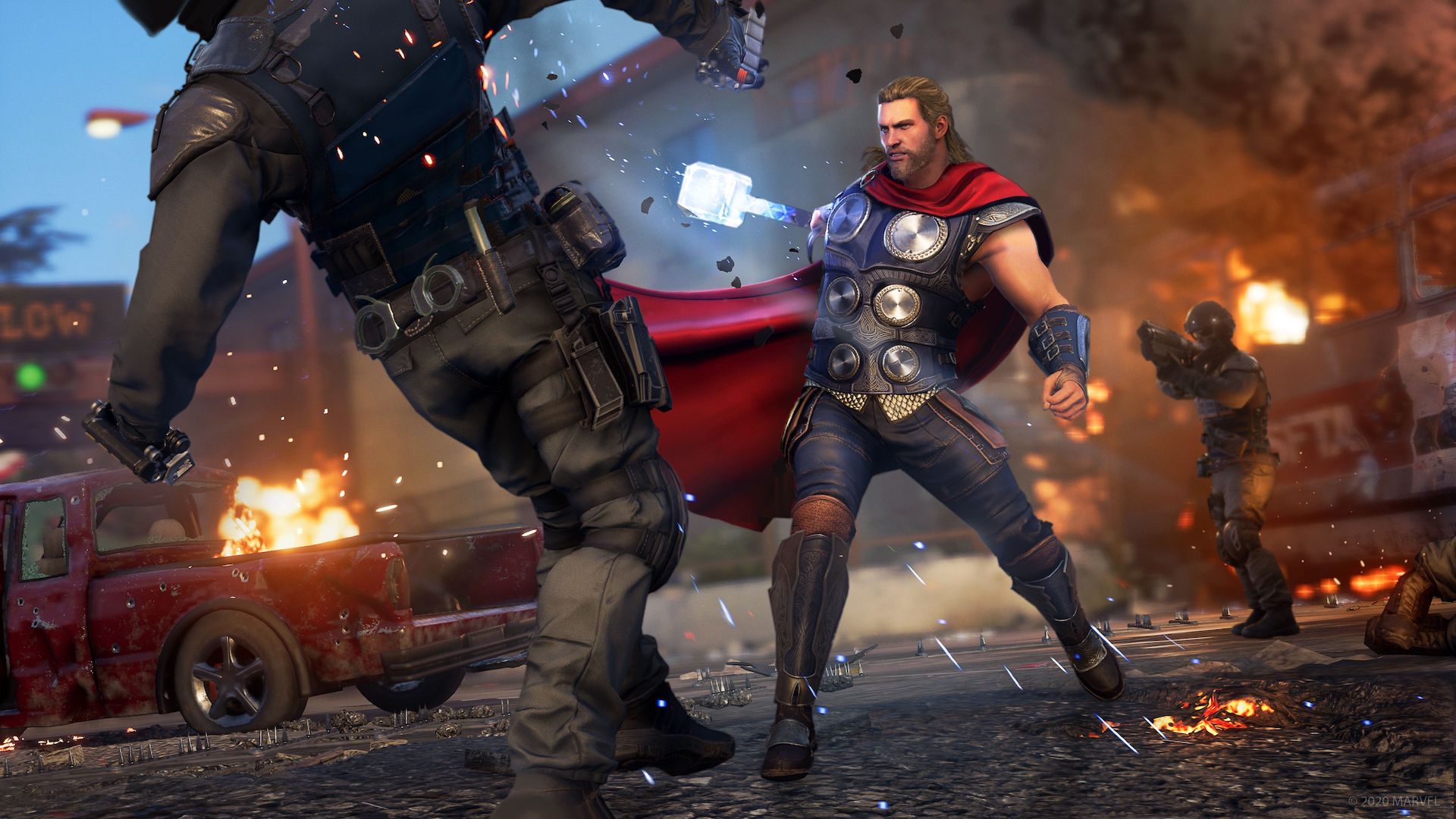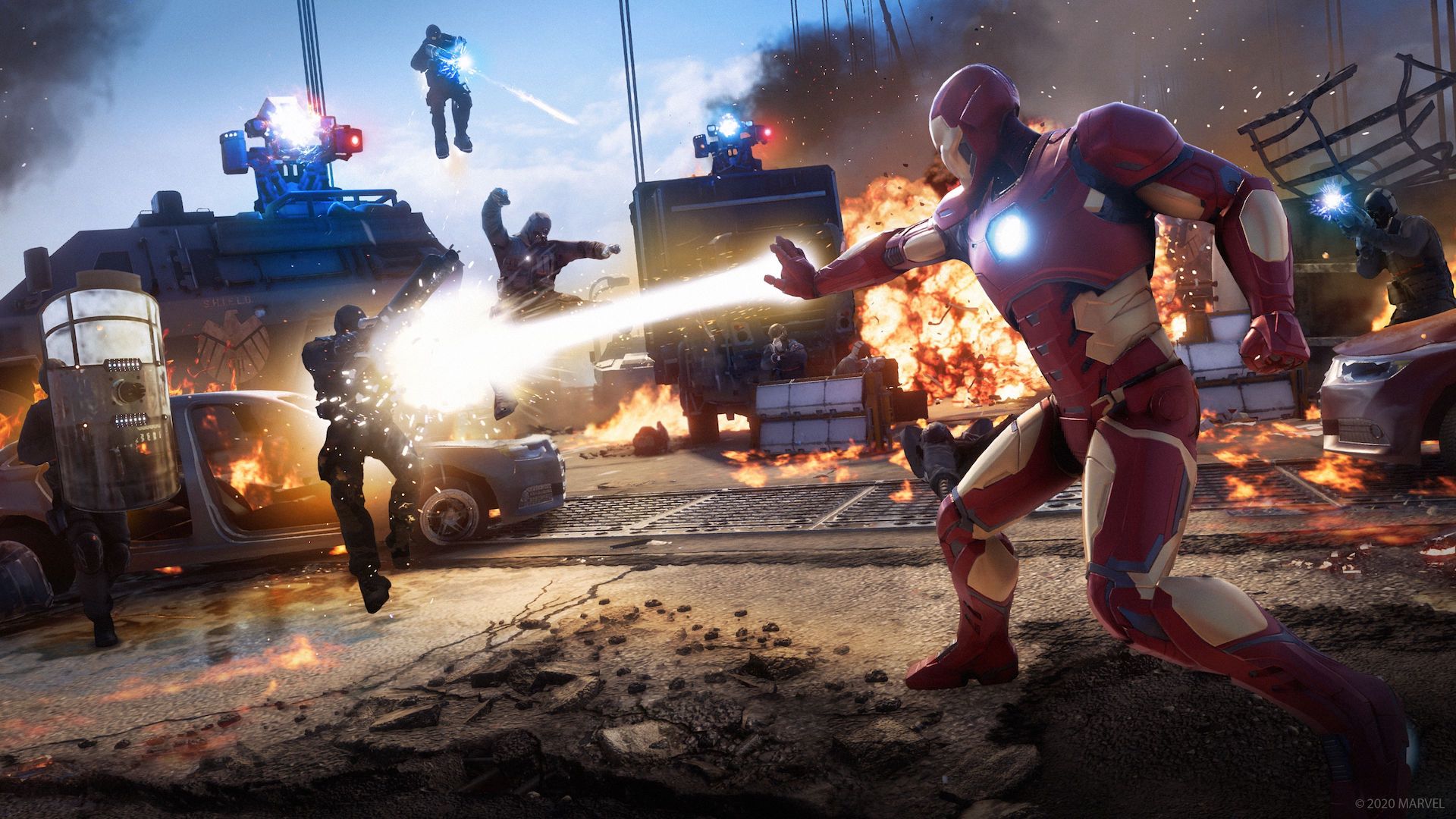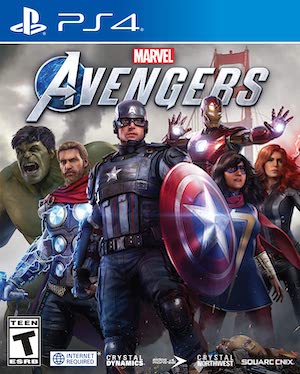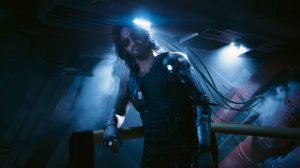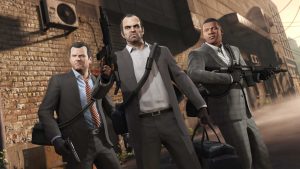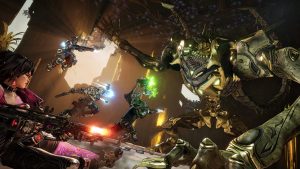
Let’s try something for a moment. Close your eyes. Imagine a world where Marvel’s Avengers was a single player action-adventure title. In this imaginary world, Crystal Dynamics – a studio best known for its single player story-driven experiences – is allowed to do what it does best, and with a solo Avengers game, tells a memorable story with well-written characters, expertly crafted set-pieces, and well thought out combat mechanics that properly utilize each playable hero’s unique powers and abilities.
Sounds excellent, right? Now open your eyes and come back to reality, because that world is very much not the one we live in. It’s been over three years since the launch of Marvel’s Avengers, and the game has now officially come to the end of the line, because not only has Crystal Dynamics ended all support for it, it can also no longer be purchased anywhere (unless you’re looking to buy a used physical copy, maybe). And even though all of that has happened, even now, it’s hard not to feel a sharp pang of disappointment whenever you think about Marvel’s Avengers- and, more specifically, about what it could (and should) have been.
Coming not long after Insomniac too the industry by storm with Marvel’s Spider-Man, Marvel’s Avengers should have been a single player game focused on narrative and handcrafted action. Instead, thanks to Square Enix’s misguided attempts at chasing the live service trends, it turned out to be a loot-driven multiplayer experience that, worst of all, wasn’t even good at what it was trying to do. Not only did it fail to deliver a standout single player experience, it was also a less-than-stellar multiplayer game.
Yes, the campaign was a fairly solid one, for the most part, and was perhaps even one of the game’s redeeming qualities (which it didn’t have too many of)- but it was significantly hampered by the fact that it was in a game that clearly wasn’t designed to deliver a memorable story. Not only did Marvel’s Avengers waste an incredibly popular IP and an incredibly beloved cast of characters on a game that was designed as an infinitely repeatable multiplayer experience (at least on paper), in trying to ensure that the balance of multiplayer gameplay remained intact, it couldn’t even do everything it could have with its characters from a gameplay perspective. Why, for instance, does it take so many hits for someone like the Hulk to take down an enemy? Why does swinging around like Spider-Man feel hardly any different from using Black Widow’s traversal mechanics? Why doesn’t the game take full advantage of its roster of iconic characters, and deliver an experience where it doesn’t feel like you’re going through the same underwhelming motions regardless of which superhero you’re playing as?
As soon as Marvel’s Avengers was out, it was clear for everyone to see that the game was deeply flawed. A lot of those issues came from the game’s technical deficiencies, many of which were addressed by post-launch updates, but even on a core design level, there was plenty that needed significant reworking. Short of a major overhaul similar to what we’ve seen for, say, Cyberpunk 2077, to name a recent example, Marvel’s Avengers was never going to come even close to fulfilling its potential.
To its credit, Crystal Dynamics didn’t instantly drop the game and move on from it after its unsatisfactory launch. Following its release, over the course of the next couple of years, the developer released a number of new expansions and updates for the game, adding new story content, new playable characters, new side activities, and more. But though it wouldn’t be fair to say that Marvel’s Avengers wasn’t supported after its release, it would be fair to say that it probably wasn’t supported the way it could have. This was a game that needed gripping narrative content and significant gameplay reworks, but what it got instead was new content that was, by and large, mostly cut from the same cloth as the base experience.
Obviously, that’s what you usually expect to see in most post-launch updates and content additions, but for a game that launched with as many issues as Marvel’s Avengers did, “more of the same” isn’t exactly a marketing pitch that’s going to get a lot of people excited for new post-launch content. When the game came out, it drew criticism for a number of issues- its open maps were criticized for being bland and empty, its combat was critcized for being too button mash-y, its loot mechanics were criticized for being plain and all too granular, its side content was criticized for being so uninteresting and generic it almost felt procedurally generated- and yet, almost none of these issues were addressed by any of the game’s post-launch updates in any meaningful way. Yes, we got more content for a couple of years after the game’s launch- but more often than not, that new content had so many of the issues the game had always been riddled with.
Before its release, not many would have guessed that a big-budget AAA experience based on Avengers would go on to be mentioned alongside some of the biggest and most high-profile gaming disappointments in recent memory, but sadly, that’s what the game ended up being. Not only was Marvel’s Avengers widely criticized by critics and audiences, it couldn’t even rely on its big license to rake in the sales that Square Enix was hoping it would. Back when Crystal Dynamics was still owned by the Japanese company and hadn’t been acquired by Embracer Group, it was reported multiple times that its commercial performance had fallen way below expectations, and driven significant losses for Square Enix as a result.
Now, three years on from its launch, Marvel’s Avengers has failed to turn the ship around, to the point where it’s officially been laid to rest. Its player base never really saw anything close to a resurgence, since its volumes of new content didn’t do much to address the experience’s biggest issues, which means it’s sadly forever going to be remembered as the game that completely squandered the potential of a AAA Avengers game.
Crystal Dynamics has clearly learned some lessons from the Avengers fiasco though- with its crack at live service and multiplayer clearly not having worked out the way it would have hoped, the studio is going back to what it knows best, with its next game set to be a new Tomb Raider instalment, which, presumably, will be focused on delivering a narrative-driven action-adventure experience. Of course, under the ownership of Embracer Group, the studio has been hit with fresh troubles in the form of recent layoffs, but hopefully, Crystal Dynamics will be able to recover and get back to form with its next outing- because now that we can look back on its last one in full, it’s fair to say that it has left a horrible taste.
Note: The views expressed in this article are those of the author and do not necessarily represent the views of, and should not be attributed to, GamingBolt as an organization.








